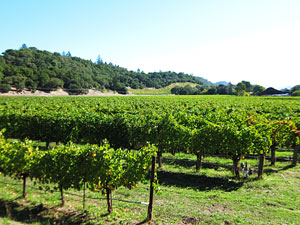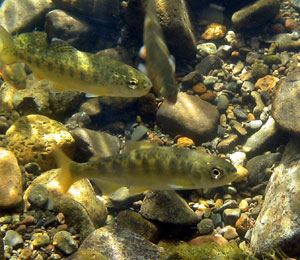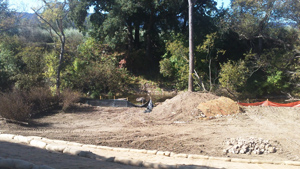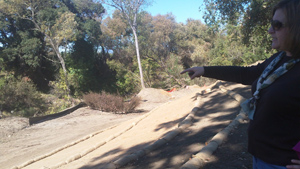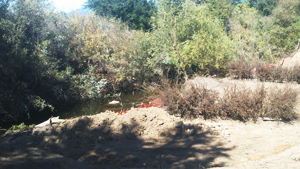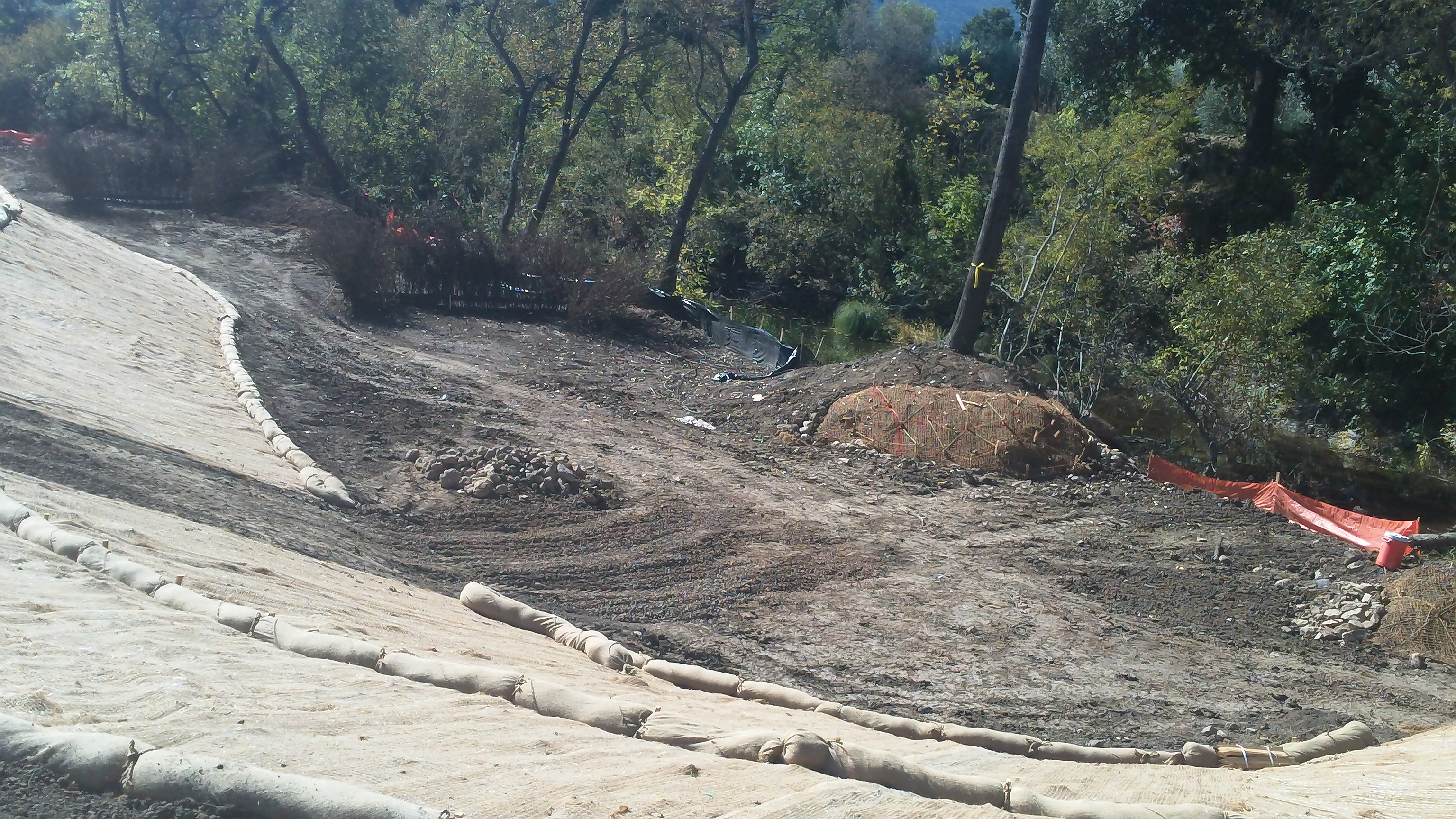Pacific Southwest, Region 9
Serving: Arizona, California, Hawaii, Nevada, Pacific Islands, Tribal Nations

U.S. EPA, Napa County Announce Millions for Water Quality, Flood Damage Reduction, Northern California Salmon
Napa vineyards have suffered flood damage, river bank collapse due to erosion.
Vintners along the Napa River will convert approximately 135 acres of farmland to wildlife habitat
to support restoration efforts.
- The full annual economic impact of the Napa Valley wine industry in Napa County is $10.9 billion
- The impact of the Napa Valley wine industry on the State of California as a whole is $15.2 billion.
- The total impact of the Napa Valley wine industry on the United States economy is $42.4 billion.
- The wine and vineyard sector is easily the county’s largest employer. Napa Valley’s wine and vineyard sector directly, and indirectly through the services and products they consume or generate, provides nearly 40,000 jobs in the county.
- This translates to 231,000 total jobs, nationwide, created by the Napa Valley wine and vineyard sector and its allied industries.
-
Read the full report from Napa Valley Vintners (PDF)

External Partners
- Napa County Flood Control and Water Conservation District
- Napa Resource Conservation District
- California Land Stewardship Institute
- US Cooperative Extension
- Rutherford Dust Society
 Vineyard Map
Vineyard Map - SF Bay Regional Water Quality Control Board
- San Francisco Estuary Partnership
- U.S. Congressman Mike Thompson
- Napa Vintners
- California Coastal Conservancy
- Watershed Information Center and Conservancy of Napa County
Related Resources
The Napa River is One of the Largest Rivers Draining to San Francisco Bay
A U.S. EPA Region 9 competitive grant program is helping implement TMDLs to improve water quality, protect wetlands, and advance green development planning throughout the Bay Area.
The Napa River Sediment TMDL was approved by EPA in 2011 to restore steelhead and Chinook salmon populations which have suffered declines as a result of high concentrations of fine sediment. Four categories of human-caused sediment sources were identified and will be addressed by this grant: channel incision/bank erosion, vineyards, rangelands, and roads.
Grantee: Napa County
Funding: $3,265,000 = $1.5 million (EPA grant) + $1,765,000 (Napa County match+leverage).
Expected project completion date: June 2014
| Projects | Partners | Funding |
|---|---|---|
Rutherford Reach Restoration
|
Napa County, Rutherford Reach Dust Restoration Team | $1,680,000 = $450,000 (EPA grant) + $1,230,000 (Napa County) |
Oakville - Oak Knoll Reach Restoration Design
|
Napa County, California Land Stewardship Institute |
$720,000 = $395,000 (EPA grant) + $325,000 (Napa County) |
Ranch Water Quality Plans
|
Napa Resource Conservation District, UC Cooperative Extension |
$225,000 = $155,000 (EPA grant) + $70,000 (Napa County) |
Rural Roads Assessment
|
Napa County, Napa Resource Conservation District, Contractors |
$420,000 = $200,000 (EPA grant) + $120,000 (Napa County) |
TMDL Tracking & Accounting System
|
Napa County, Contractors | $220,000 = $200,000 (EPA grant) + $20,000 (Napa County) |
Environmental Results
- Sediment load reduction of approximately 3,000 tons/year equal to 16% of the total annual TMDL target reduction for channel erosion in the Napa River watershed
- Repair of approximately 1,800 feet of eroding banks in the Rutherford Reach
- Riparian habitat enhancement with eradication of 5 acres of Arundo
- Rancher BMP implementation to control sediment and pathogens on 80% of grazing lands in the Napa River
The pictures below show the west bank of the Rutherford reach restoration where nearby Honig Winery, Roundpond Winery and Carpy-Conolly ranch and grange vineyards have each converted one to four acres of farmland to wildlife habitat in support of these restoration efforts.
| Pacific Southwest NewsroomPacific Southwest Programs | Grants & FundingUS-Mexico Border | Media Center Careers | About EPA Region 9 (Pacific Southwest)A-Z Index |


